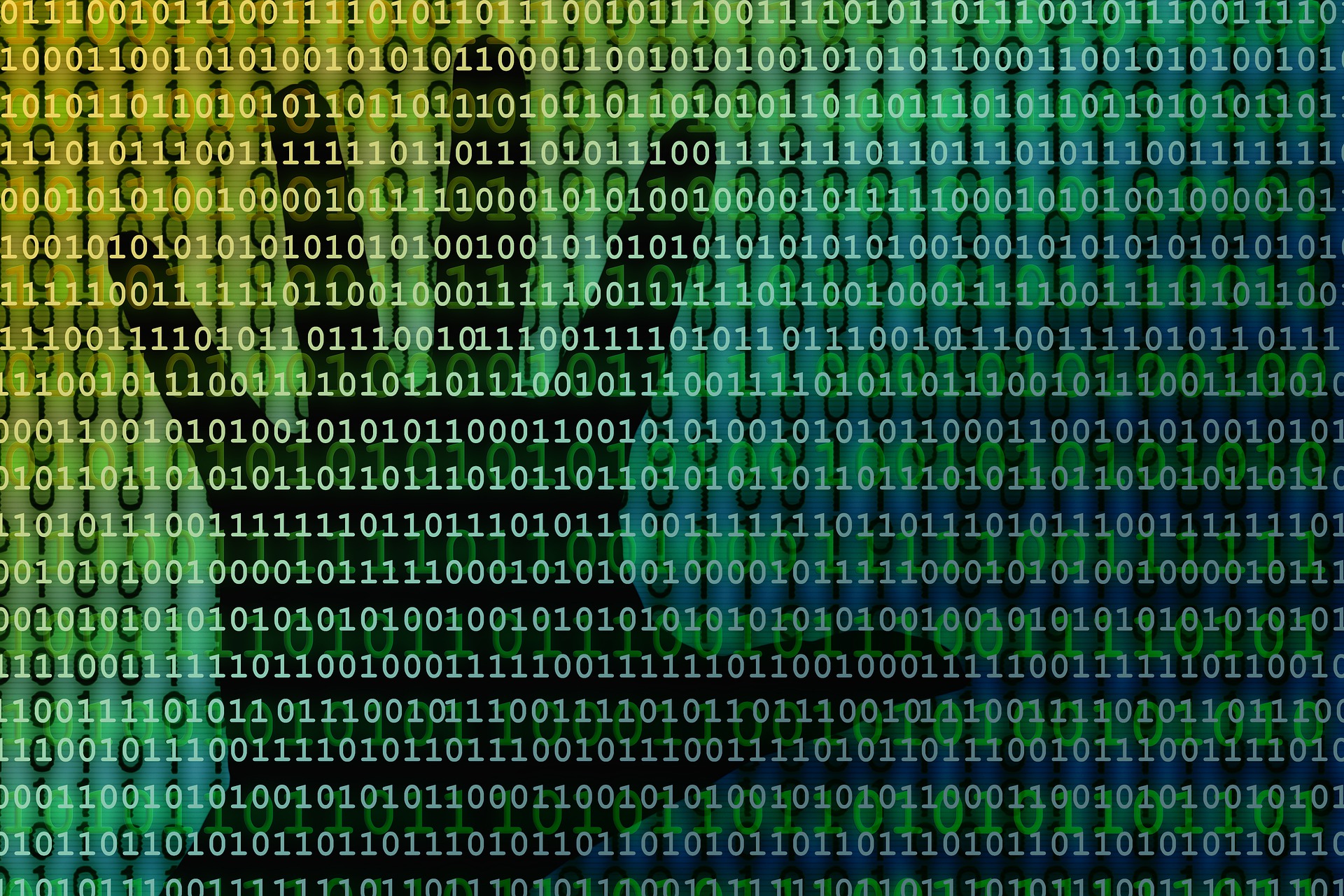Make security your IT strategy
According to Report Mainz, a German politician was blackmailed in 2019 for his hacked health data. Similarly, patient data is a popular commodity on the darknet and trades higher than credit card information, according to Arzt Wirtschaft. When doctors’ offices were connected to the telematics infrastructure in 2019, malware was already found on many systems to grab data. In 2018, three million patients in Norway found that their data had been hacked. Could Germany also be threatened by something like this? The likelihood is not so small, especially because cyberattacks increased significantly during the Corona crisis. It’s better not to be one of the victims – but to take control of your IT security from the very beginning.
The heart of your digitization: the security strategy
And that’s right from the start! Security strategy will save you uncontrollable costs and sleepless nights. When developing your IT strategy, we plan your “safety net” right from the start, precisely because IT is becoming increasingly complex in the healthcare sector. Existing IT systems are being connected to more and more new solutions, potentially opening the door for a new attack. The security strategy therefore includes an analysis of the entire system landscape, including interfaces to their partners or new software. Especially the necessary, rapid digitization measures in the context of the Corona epidemic often still have vulnerabilities that must be quickly eliminated.
IT security is not a measure, but a process
However, a custom-fit IT security strategy is not a one-time step. IT security is a process that begins with software selection and continues throughout its lifetime. The final IT risk can only be eliminated if your employees consistently apply the security strategy once it has been established. Unfortunately, it has been shown time and time again that the person sitting in front of the computer is the biggest security risk. Many successful attacks are due to the – usually unconscious – misconduct of individuals. The only thing that can help here is to train and sensitise your employees to the dangers of digital communication and networking. We offer both: learning and action.




